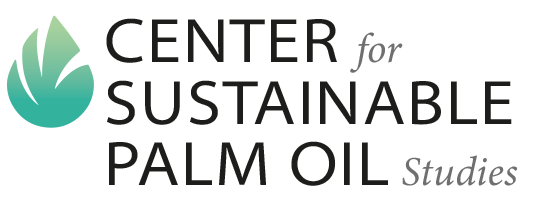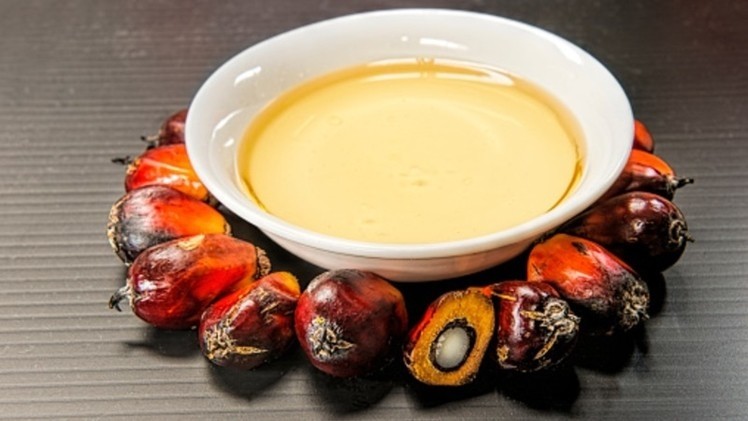13 Dec 2021
The palm oil sector needs to prioritise growth in South East Asian countries alongside its efforts to diversify export destinations, with one industry expert predicting that regional demand will boom in the near future.
Major target export markets for the palm oil industry have traditionally been big players like China and India, and earlier this year major producer country Malaysia had also revealed plans to diversify target markets to other regions such as the Middle East and Eastern Europe.
But despite the world’s largest producers Indonesia and Malaysia being located in South East Asia, very little has been mentioned about focusing efforts on increasing palm oil penetration into neighbouring ASEAN markets – but according to an industry expert, this should be more of a priority for the industry.
“Based on data we have mapped from the 1960s to this year for countries in South East Asia, we have seen a clear pattern that as GDPs rise in a country, demand for vegetable oil will rise parallel with it,” research consultancy LMC International Head of South East Asia Dr Julian Conway McGill told the audience at a recent Malaysian Palm Oil Council (MPOC) event.
“Take Malaysia for instance, back in the 1960s when average income was about US$2,000 per year, calorie disappearance (food consumption + food waste) was only about 2,400kcal per person per day but as incomes rose to hit about US$10,000 over the years, this has increased until reaching a plateau around 2,900 kcal.
“Our research has also determined that this growth vegetable oil follows this pattern, and all the countries in South East Asia are showing a similar pattern of a rapid growth in demand for vegetable oil at lower GDPs, then plateauing when relatively higher GDPs are reached – an ‘iron law’ of the dietary transitions seen as income increases is the increased consumption of vegetable oil.”
Importantly, Dr McGill noted that at present many ASEAN countries such as Vietnam, Thailand and Cambodia are currently still at the lower-GDP stage with a lot of room for incomes to grow, bringing a rise in vegetable oil consumption – and demand for palm oil – along with it.
“Cambodia’s income is currently about one-tenth of Malaysia’s and correspondingly the calorie disappearance also lower, so we do expect that as the income rises here, the calorie disappearance will also increase, particularly for vegetable oil consumption,” he said.
“The question of course is whether this increased consumption will benefit palm oil in particular – we already know that palm oil dominates in the producing countries Indonesia and Malaysia, and research shows that this dominates vegetable oil consumption in many other markets too.
“In Thailand and Vietnam the main competitor here is soybean oil as there is some soybean crushing for feed, [but] palm oil market shares are still high at over 80% and over 60% respectively – in Thailand, this is also expected to rise as the government is implementing policies favourable to converting rubber plantations to oil palm plantations.
“In the Philippines, the main competitor has always been coconut oil, but over the past few years palm oil has been rapidly replacing taking its market share – this became especially clear after 2015 when coconut oil was affected by a severe El Nino weather event so local firms turned to importing palm oil.
“But even after the supply chain returned to normalcy and coconut oil price premiums dropped, it was found that many firms continued to import palm oil for their products and did not return to coconut oil. This is likely due to firms wanting more stability in their supply chains, e.g. food firms needing palm oil to make cocoa butter substitutes, [and] every shift would mean needing to reformulate product recipes.
“The coconut oil industry is also plagued by issues such as low yields, unwillingness to replant, senile trees, trees being cut down for resorts and housing and so on, so outlook is poor. So it is no surprise that now firms have developed a taste for palm oil, the Philippines is now going to be dependent on palm oil to feed its growing population.”
In all, Dr McGill urged palm oil producers to focus more attention on developing the ASEAN market, which is closer to home and would make for much more effective logistics in addition to holding much potential in the first place.
“ASEAN is home to over 660 million people, which is almost one and a half times the population of the EU [which is the] largest palm oil importer. The population here is also younger and poised to urbanise and develop more rapidly – so [it is worth considering] how this market will evolve,” he said.
Not an overall rice
Dr McGill also emphasised that in addition to the ‘iron law’ stating that vegetable oil consumption rises as GDPs rise, his research has also shown that the rise in calorie disappearance is not related to increased consumption of the local staple food, which in ASEAN is predominantly rice.
“Even as GDPs rise, It is not just that people are consuming more of everything in general – another rule to observe is that as people become wealthier, , the crops that lose their share of consumption are carbohydrates,” he said.
“For example, as Malaysia grew wealthier its share of daily calories from rice declined steadily, from over 50% in 1960s to less than 30% today. The same pattern has been seen even in rice-based countries such as Vietnam and Thailand, and very sharply in Cambodia which used to take about 80% of its calories from rice in the 1960s but has now seen a drop to almost 60% and is expected to drop even further as it becomes wealthier.”
He also postulated that as the demand for rice drops in South East Asia, current rice fields will slowly be converted to other crops that are more in demand – such as palm oil, which the climate in the region is suitable for. This is already being seen in some parts of Thailand, which is expected to rise in importance as a palm oil exporter as its output increases over the years.
By Pearly Neo



